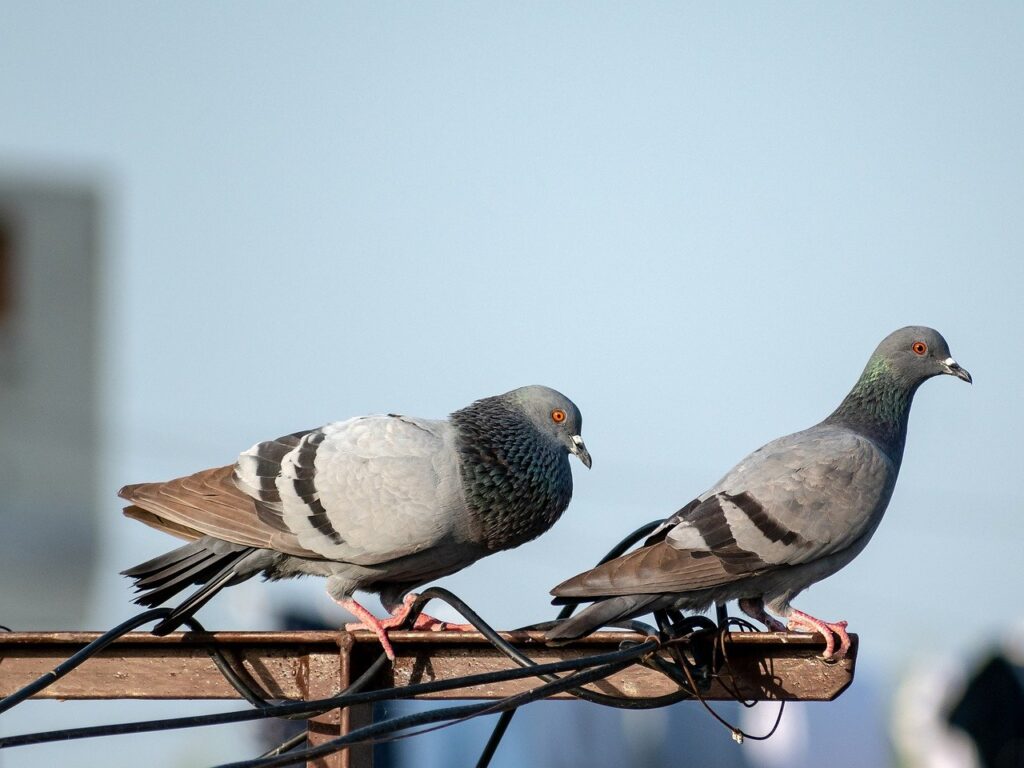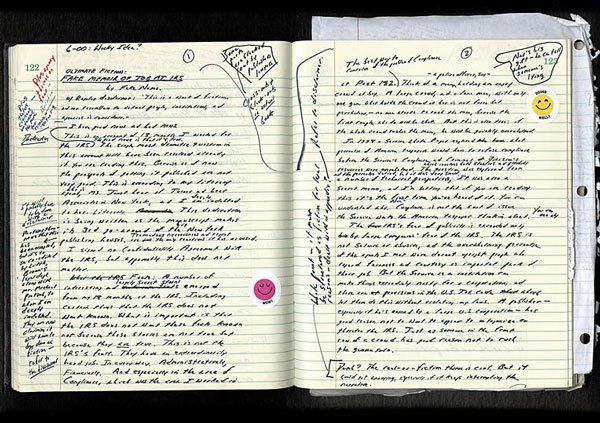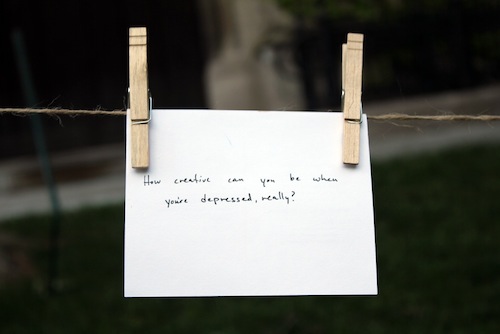
This month Superstition Review is presenting a three part Authors Talk by Mackenzie Polonyi.
Below is the audio file for her author talk and under that is the transcript.
Transcript:
Thank you for being with me here, for your intentional listening. My name is Mackenzie Polonyi, I am the author of Post-Volcanic Folk Tales, my debut poetry collection, which was a winner of The National Poetry Series 2023 and is under contract for publication with Akashic Books, 2024. In my three part series, I will be talking about objects and their possibilities, particularly notable objects from my forthcoming book: pigeons, vowels, and teeth.
In Laura van den Berg’s craft essay in Craft Literary, entitled Object Lessons: An Exploration, Laura writes first about orienting details (her examples: ‘Is a character inside or outside? Is it sunny or raining?’ They ‘ground readers’ and establish scene) and granular details (According to Laura, they are ‘hyper-specific, hyper-vivid.’ They ‘hold layers of time and meaning … and resonance,’ they ‘introduce questions and dimensions,’ and they ‘startle and destabilize’). The latter has the potential to develop or metamorpihize into an object. Here is Laura’s accumulative definition of an object; inter-knitting her own thoughts, theories, and conceptualizations about the presence, purpose, promise, power, and aboutness of objects along with those of Italo Calvino, Virginia Woolf, Charles Baxter, and Alexander Chee:
An object has the power to shift, deepen, and even reshape moments; it is charged with a special force and becomes like the pole of a magnetic, a knot in the network of invisible relationships; it takes on a luminous halo; it contains worlds, troubled and fractured histories, unanswerable mysteries, forcefields of thought and feeling; it communicates the matter that exists beyond the limits of language; it is a mirror and a window and a refraction all at once, it extends both keys and questions, at once deepening and further unsettling our understanding of characters and their inner worlds; it evokes shaping forces, both known and unknown, visible and invisible.
Now, while Laura applies her accumulative definition of an object directly to the craft of fiction, it is also pertinent to the craft of poetry.
Today, in the first part of my series, I will talk about galambok, or pigeons.
In a poem called ‘The Shoe Maker’s Daughter’ from my forthcoming book, I write about how my grandmother, who suffered for years from dementia, would get vacuumed back into German-occupied and Soviet-occupied Hungary in dreams, reliving fragmented traumatic occurrences. Her dreamscape and my dreamscape coagulate or clot together and I try sending her warnings (of sexual violence and other psychological injuries and thieveries) by way of lily-of-the-valley, pollen, nectar, and pigeon. All are granular details, but only the pigeon materializes recurrently (enigmatic then epiphanic then enigmatic again) in ‘The Shoe Maker’s Daughter’ and throughout Post-Volcanic Folk Tales. I write:
‘My dream ripens like an angel-
trumpet into a prehistoric forest where her ubiquitous
nocturnal pings are lightning splitting deciduous beech.
Where soldiers’ stereoscopic scent-hound snouts
desecrate Southeastern wetlands, Northeastern wheat fields, proboscises
sucking bone-marrow from earth-built homes, ectoparasitic.
Kleptoparasitic––swarming willowing villages.
Rose-knobbed sugar bowls, jam pots, sauce boats, stale bread, spoiled
meat, women’s shucked bodies now belonged
to hives of field-grey then red soldiers.’
I provide context for my reader; showing my reader a woman’s reality in an occupied country, under authority of a hostile military threat. Later, I write:
‘She zeroes in on a distant
iridescent pigeon. Her private focal point
for survival. My failed holographic mail.’
and
‘She vomits
a stiff pigeon foot gripping a pinwheel bouquet of bile-wrinkled letters.’
What is the ‘special force’ of the pigeon, what is the ‘luminous halo’? What troubled and fractured histories, unanswerable mysteries, forcefields of thought and feeling does it contain? What keys and questions does it extend?
A mirror: A grand-daughter must stomach and reconcile the fact that she could not have protected, rescued, or safe-kept her grandmother; furthermore, she is a powerless presence still in her grandmother’s nightmares.
A window: In their present together, in day-scape, in belatedness, what are alternative spells, gestures, or measures of protection, rescue, safekeeping, and reverse-mothering?
A refraction: Perhaps healing is not in having had an impossible, inverted, retrograde alphabet of warning. (I am not prescient omniscient.) Perhaps healing, instead, is in helping a grandmother (from a generation of silence) tend to and find a language for a physical-psychical wound of the past in the future rather than wishing for its very prevention in the frst place. How is a pigeon a multidirectional ‘reaching’?
The vomiting is representative of the impossibility of receiving, internalizing, digesting the heraldic pigeon and all of the portentous correspondences from the future it gripped stiff in its foot. The bile is the immediate indigestion of it. My grandmother, in the poem’s many ‘heres,’ is empty-stomached; unknowing, uninformed. The sodden, warped, unreadable letters, however, are also simultaneously of her own past making. What words was she desperate to cast like stones into the future? How is the act of saying interrupted? Some questions, extended: A carrier pigeon generally summons up suggestions of arrival and departure, delivery, homecoming, but here, delivery and homecoming are non-existent, they are ‘nevers.’ There is a sense of deadendness. What can be said about direction? What can be said about a refugee’s sense of home; her rejection of home’s perceived rigid one-dimensionality? Her orientation, her balance, her splintered compass? Or that of the child of a refugee, or one raised like the child of a refugee? What do longing and returning mean? Along with such complications and complexities involved in weather-vaning home, trauma, additionally, often annihilates articulation. Is trauma-facing dialogue between grand-daughter and grandmother––especially tacking on the interpersonal or intersubjective distances notched by dementia––only possible then in a liminal subconscious dream state, in other words, a poem?
Here area few lines throughout Post-Volcanic Folk Tales in which pigeons manifest again:
‘Whenever I opened my blood-sucking beak,
you regurgitated homesick pigeon
milk like a tonic.’
‘Iridescent pigeons nest like nonsensical sentences in my
unbrushed bat roost hair.’
‘Here: I once measured volumes of your voicefall.
The water in my right ear is a pigeon nest,
the water is cooing what is lost.’
‘There is pigeon traffic between us.’

